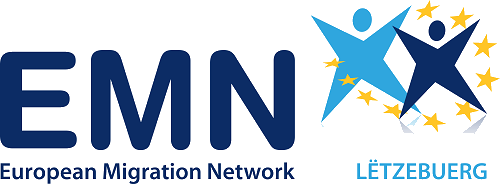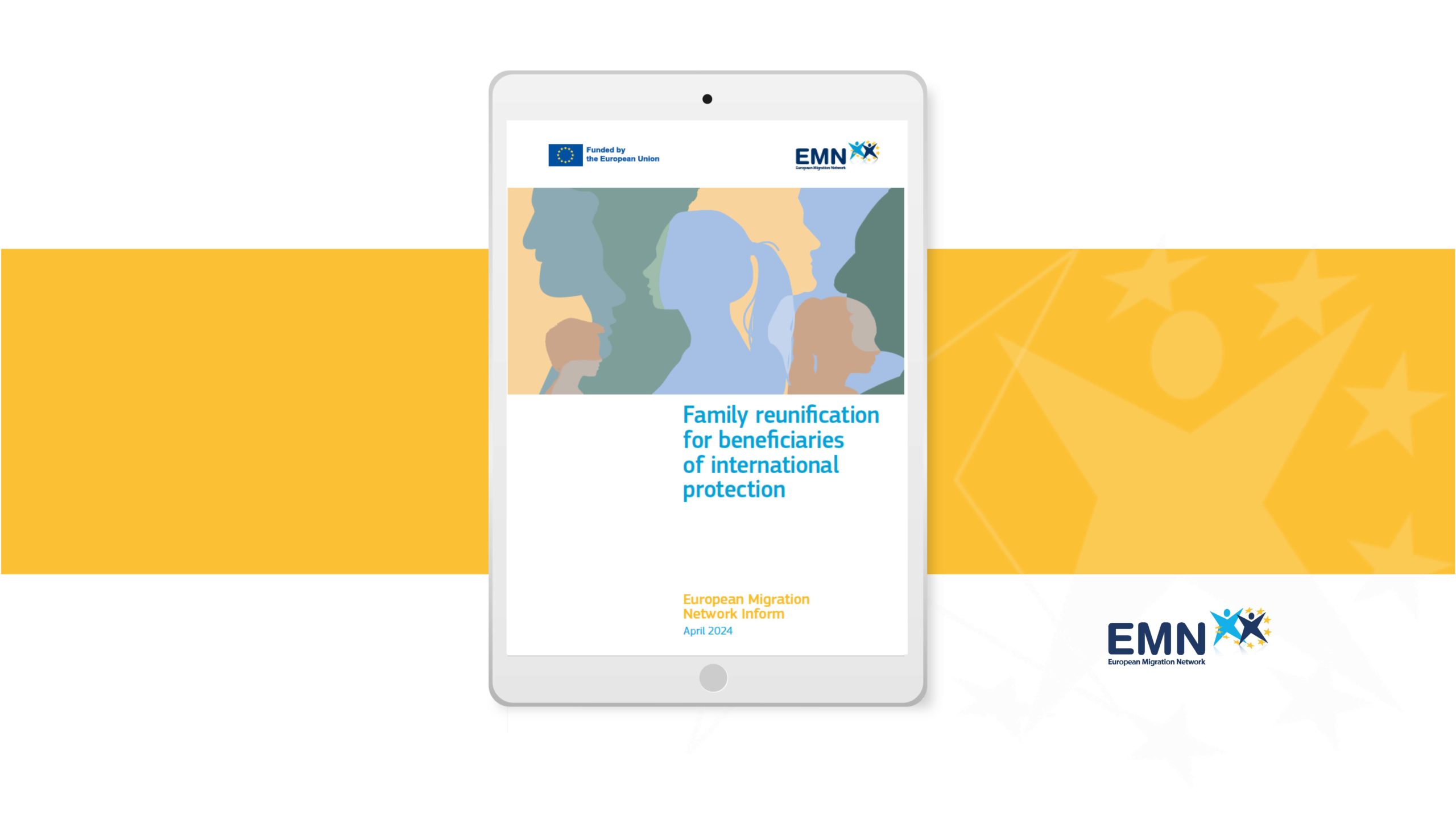New EMN inform examines family reunification practices and legislation for beneficiaries of international protection across EMN Member and Observer Countries
On the 20th Anniversary of the Family Reunification Directive the “Family Reunification for Beneficiaries of International Protection” inform sheds light on the diverse approaches to family reunification for those under international protection. From application procedures to timelines, it provides a nuanced understanding, showcasing the collaborative efforts of the EMN (European Migration Network) and its partners in navigating the realms of migration and asylum.
Coinciding with the 20th anniversary of the Family Reunification Directive, this inform offers a s thorough examination of the legislation and practices across the EMN Member and Observer Countries. It specifically looks at the procedures in place for applying for family reunification and how these have evolved considering recent (since 2017) case law before the European Court of Justice (CJEU), and where relevant the European Court of Human Rights (ECHR).
The inform highlights the overall process of family reunification, documentary evidence needed, and family reunification with or for children coming of age. It also addresses the different practices between minor and the specific case of dependent adult children.
Distinctions arise when considering the overall submission, processing and examination of applications for family reunification across EMN Member and Observer Countries, notably in eligibility criteria and application procedures. This includes countries covered by the Family Reunification Directive and those not covered, including Ireland and the EMN Observer Countries who also took part in this inform (Norway and Serbia). While some countries grant family reunification rights to both refugees and those with subsidiary protection, others limit it to refugees only. The scope of 2023 inform excludes the latter, but their situation is addressed in a previous 2017 EMN study. Submission procedures of family reunification applications range from in-person to electronic. The processing period depends on the country, with some specific timeframes, exceptions, and potential extensions granted due to the complexity of the examinations.
The inform analyses the documentary evidence required in EMN Member and Observer Countries. Proof of pre-existing family ties between the sponsor and the family member is the main type of documentary proof required for family reunification reporting countries, such as marriage or birth certificates. Variation also exists in the definition of eligible family members, however, in instances where these documents are unavailable, the inform provides an overview of the alternative evidences that can be provided. These can include interviews, DNA testing, or written declarations, in some cases photos or letters are also admitted. The text also discusses conditions imposed by Article 12(1) of the Family Reunification Directive, related to suitable accommodation, sickness insurance, and financial stability in specific situations.
Lastly, there is consideration for family reunification with or for children coming of age, aligning with recent CJEU judgments. The judgments emphasize using the application submission date, not the decision date, to determine a child’s minority status during reunification proceedings. Some countries allow family reunification for children turning of age during their parent’s application examination, with varying timeframes. Article 4(2)(b) of the Family Reunification Directive permits entry for dependent adult children unable to support themselves due to health reasons, subject to medical proof. Some countries exempt dependent adult children from reunification, while others assess on a case-by-case basis. Age thresholds and conditions for adult children vary across nations, with some specifying no clear age limits. The concept of a “real family relationship” is also evaluated in certain countries, with criteria such as living together considered. Variation applies again when defining a “real family relationship” depending on the country, with Austria deeming cohabitation crucial, while Belgium considers family contacts, ties, integration efforts, and length of stay when determining reunification eligibility if parents and children don’t live together.
French translation of the Inform was kindly provided by EMN France.
EMN Inform: Family reunification for beneficiaries of international protection
EMN Note de synthèse: Réunification familiale pour les bénéficiaires d’une protection internationale

